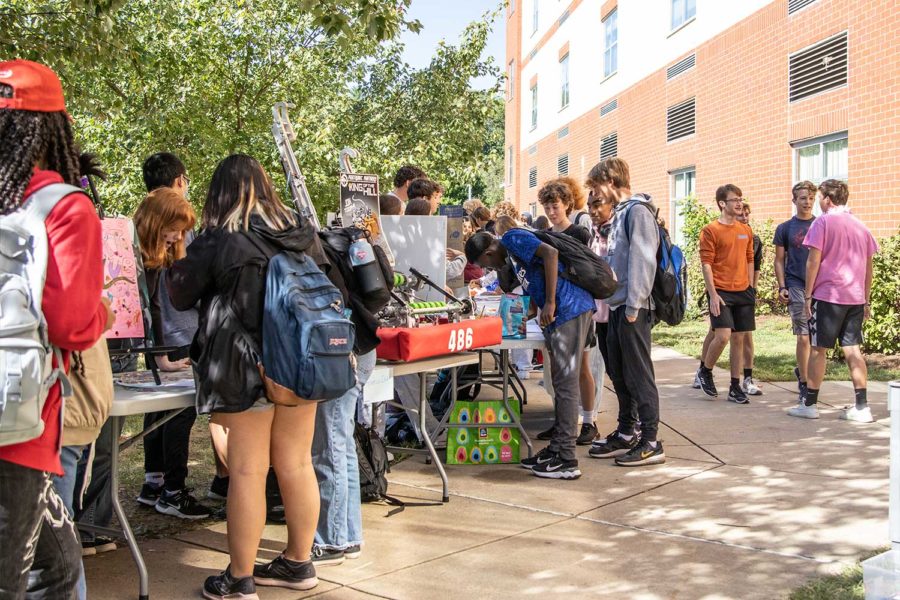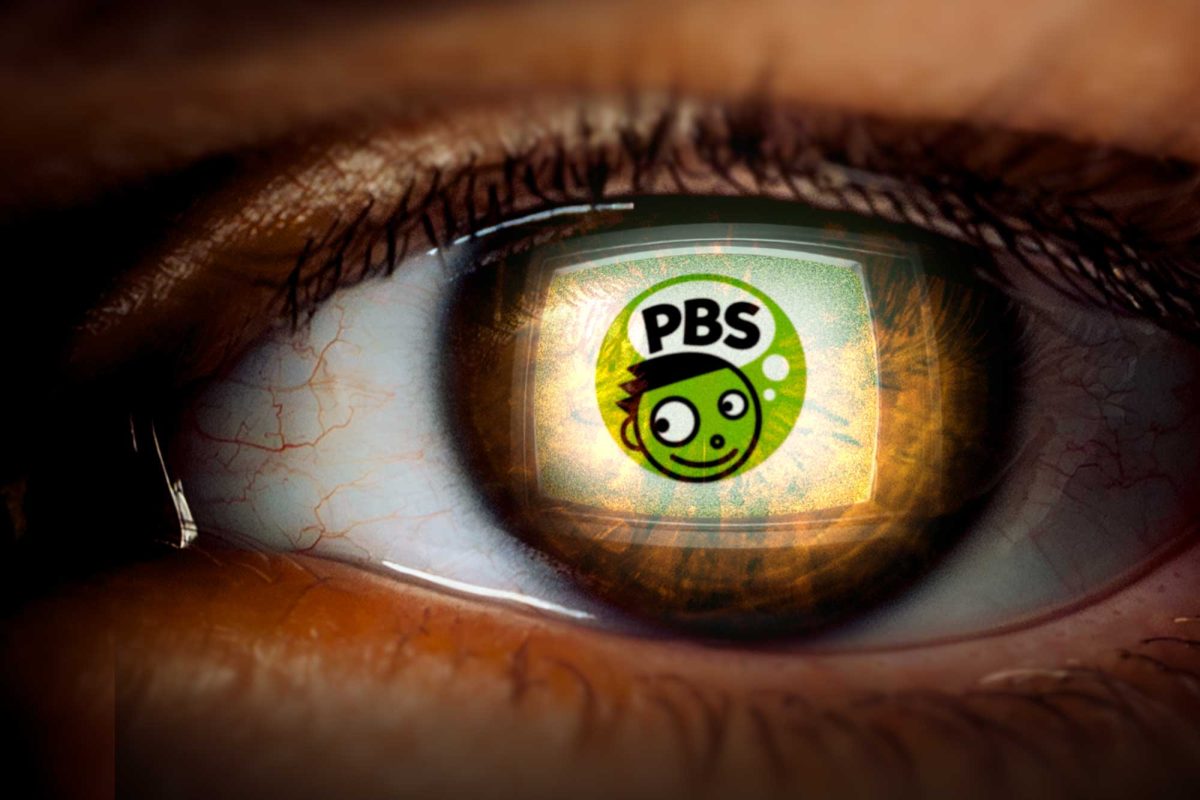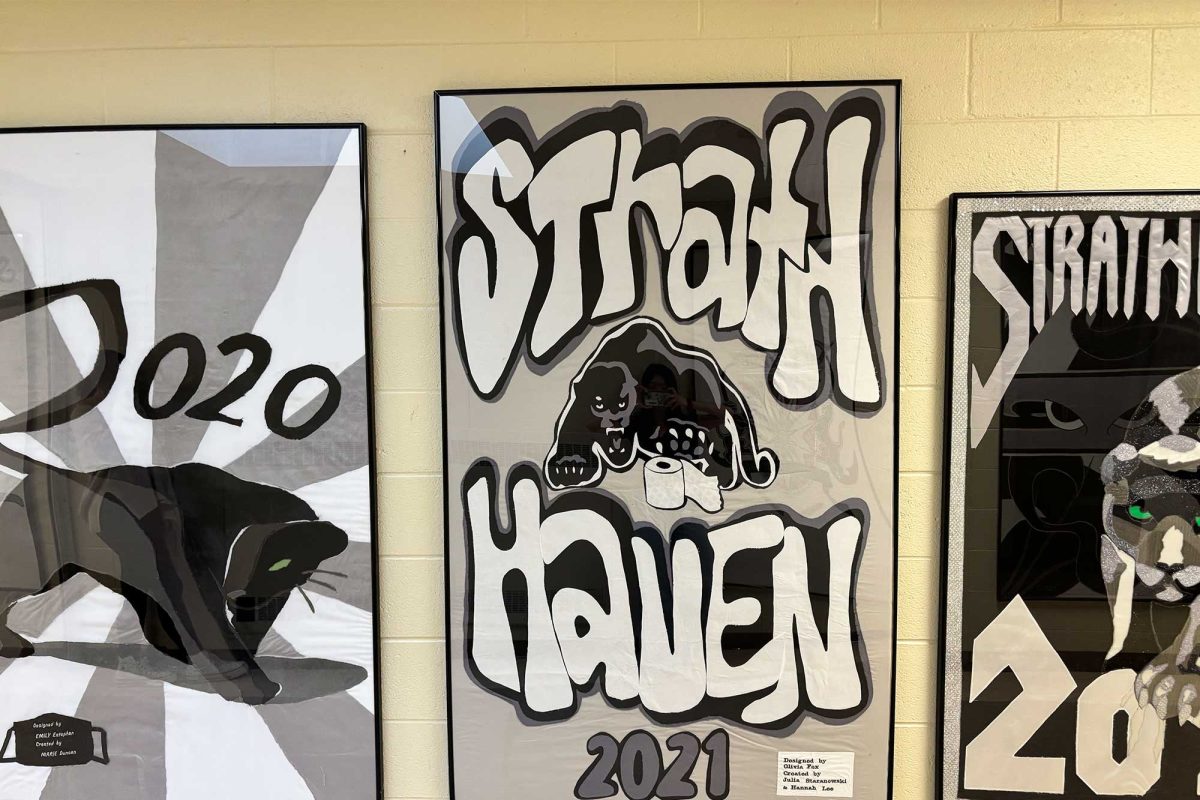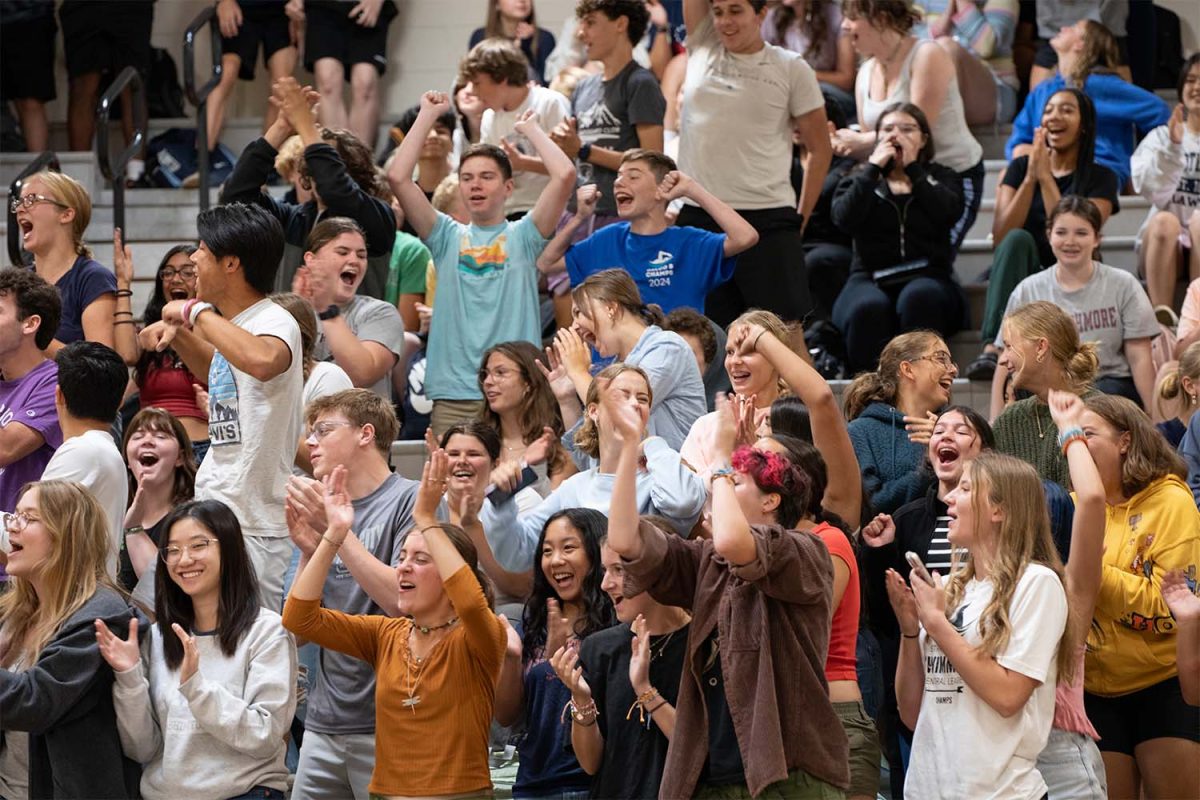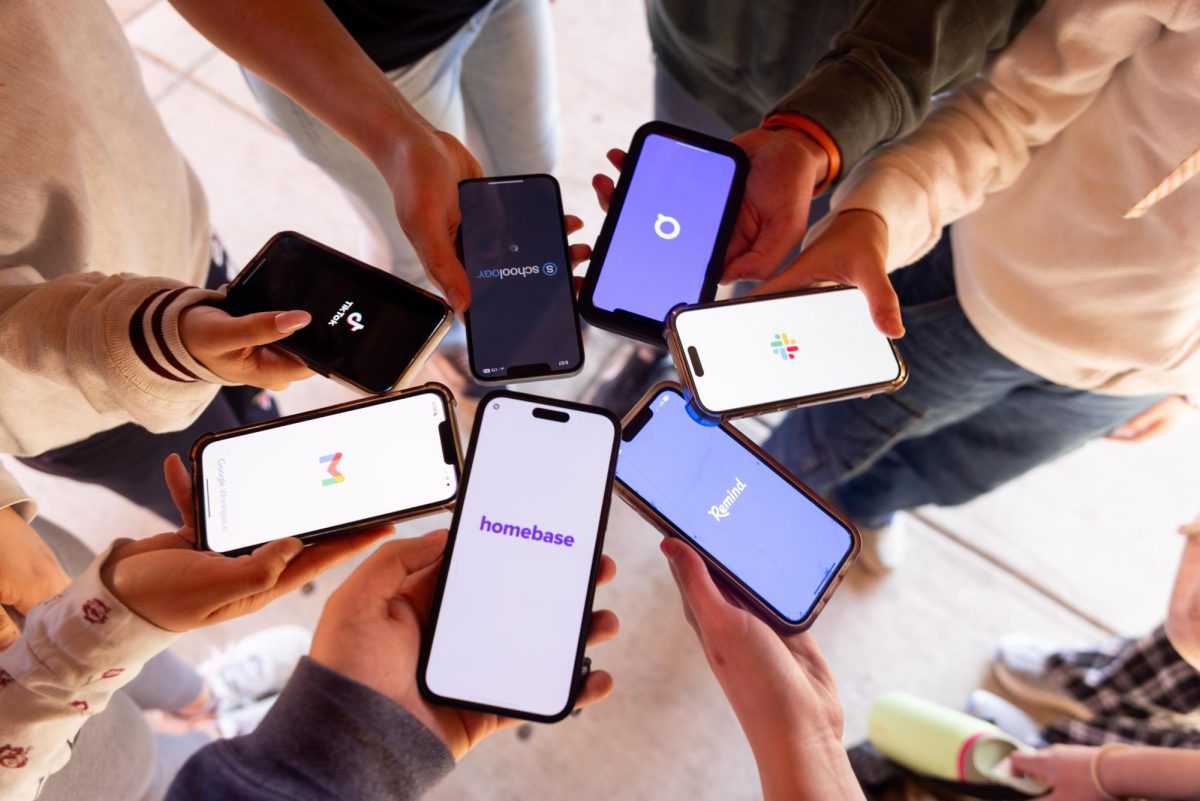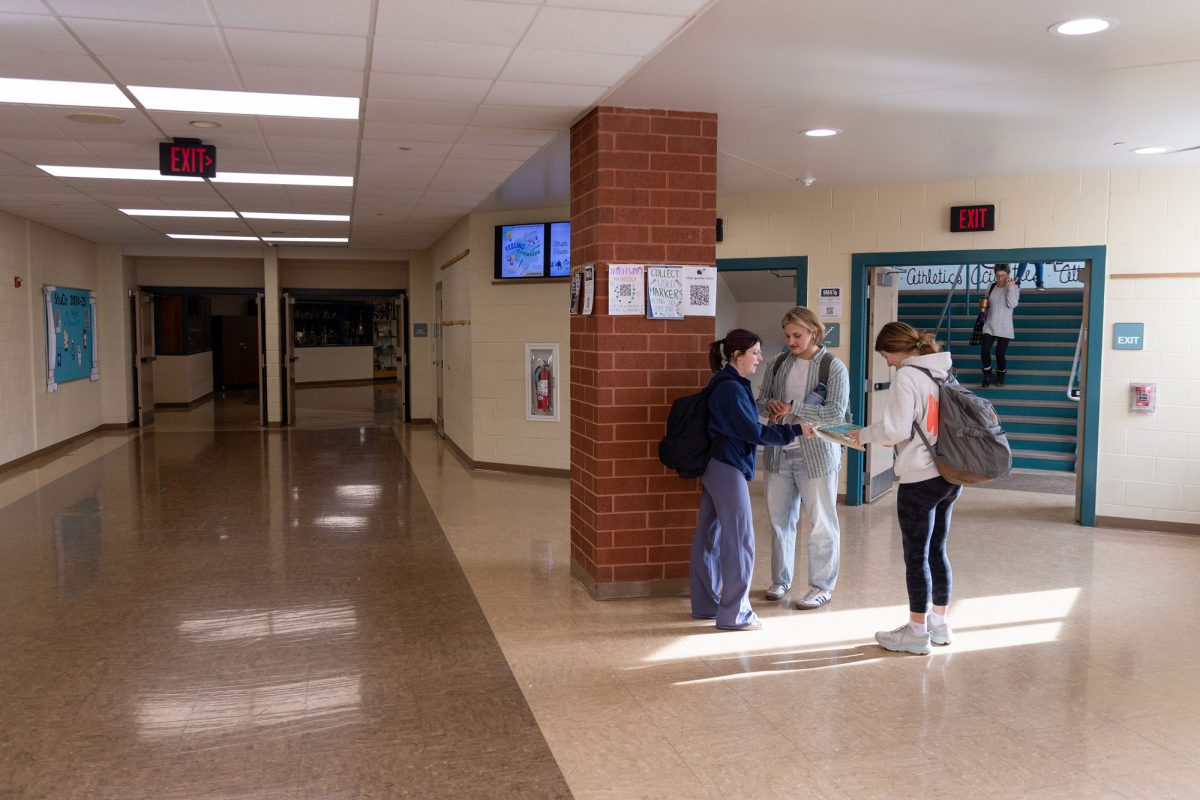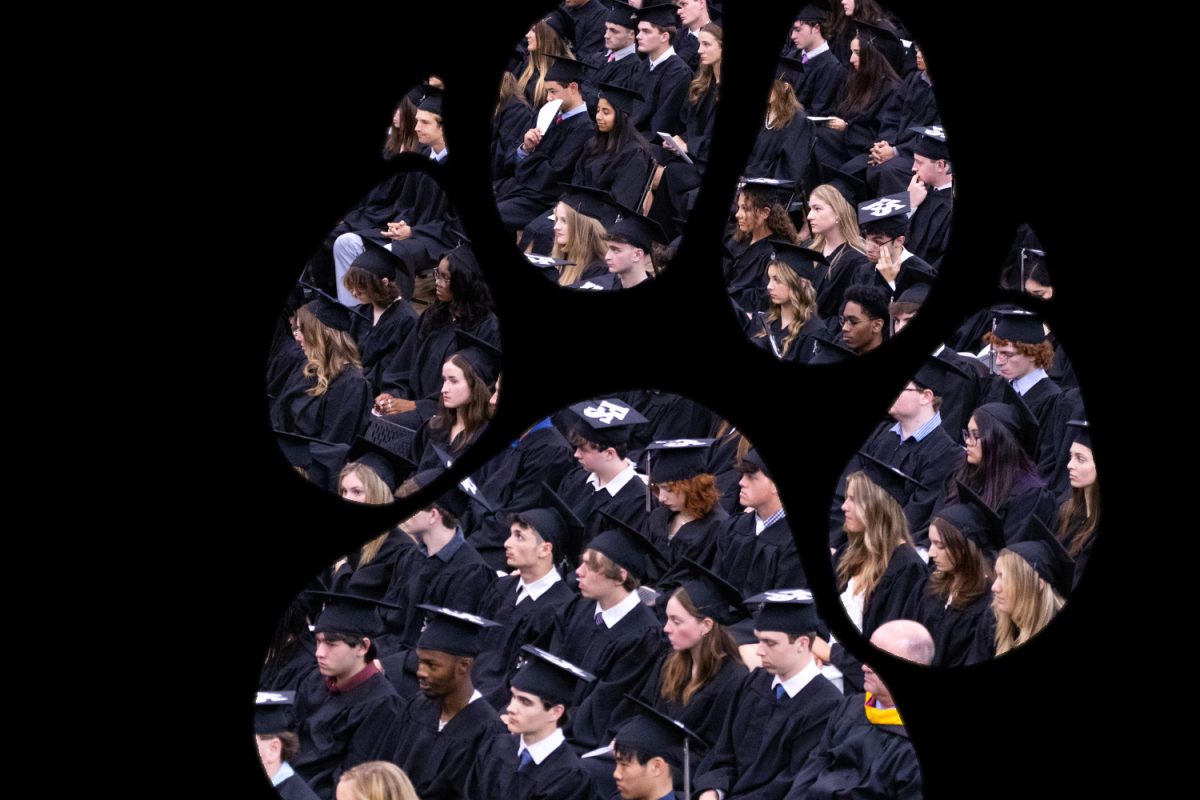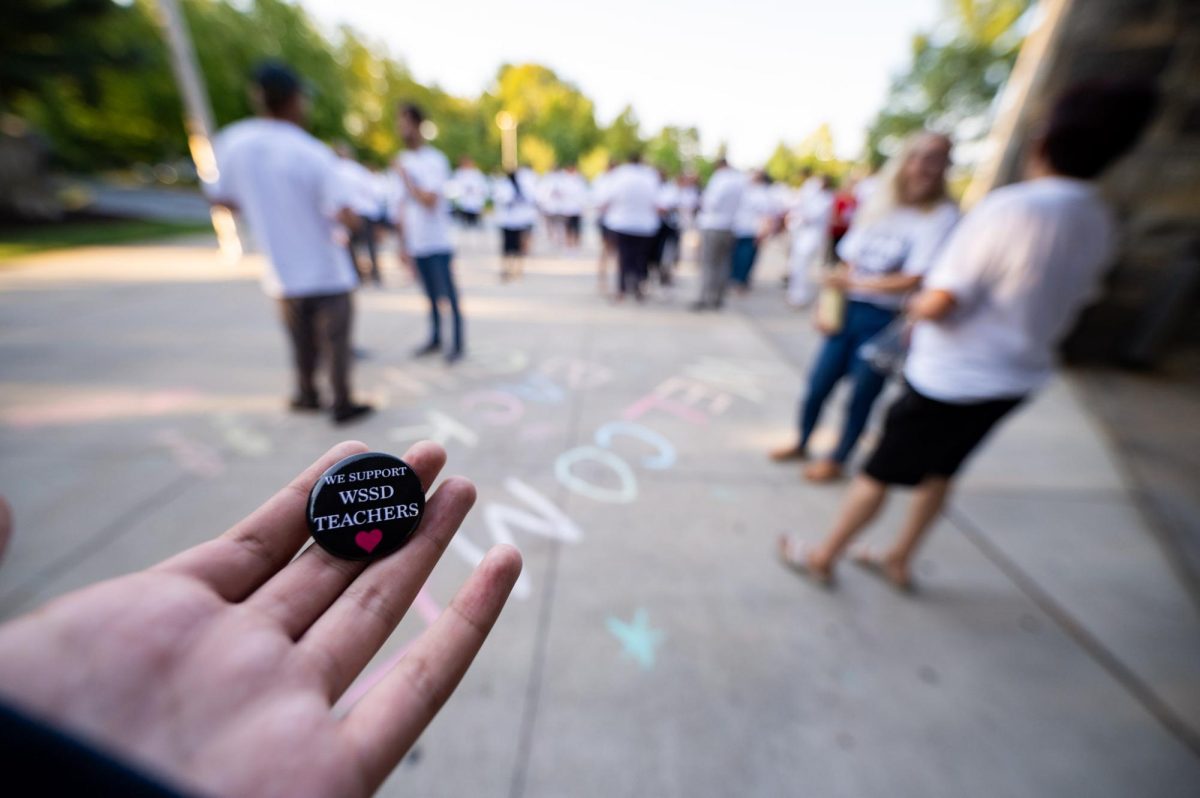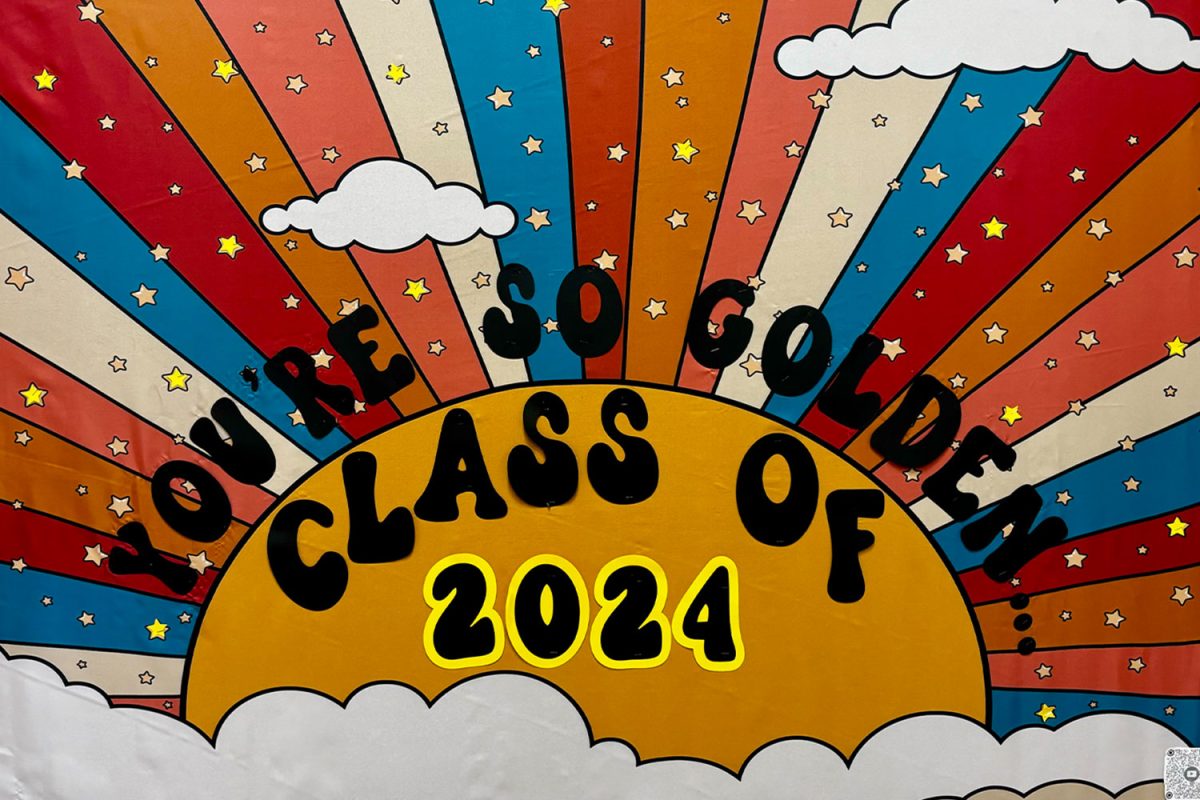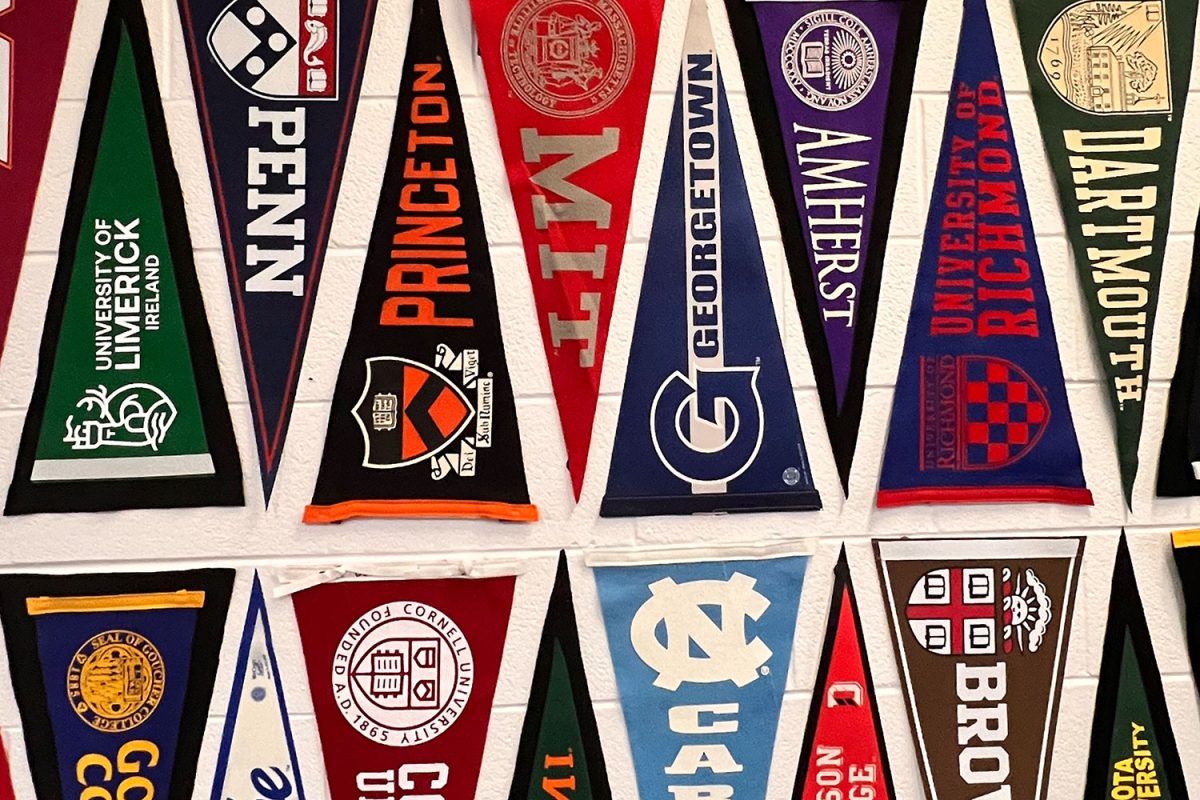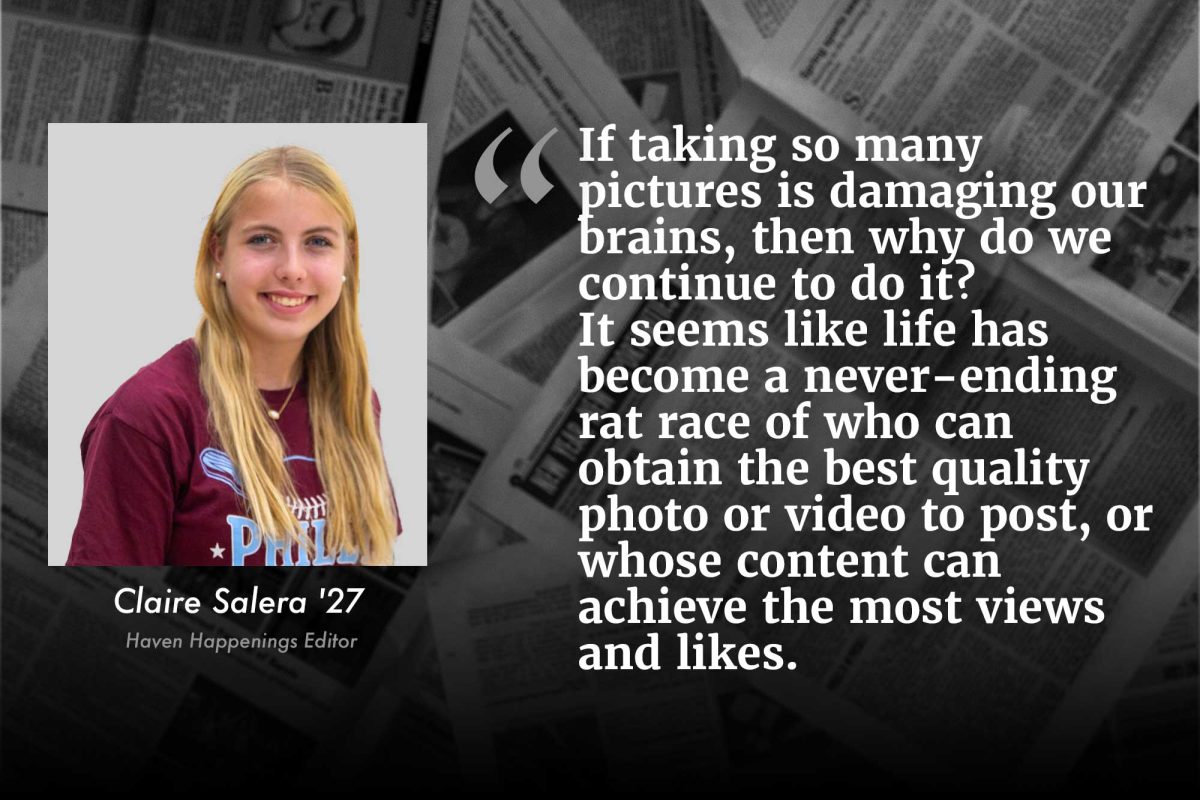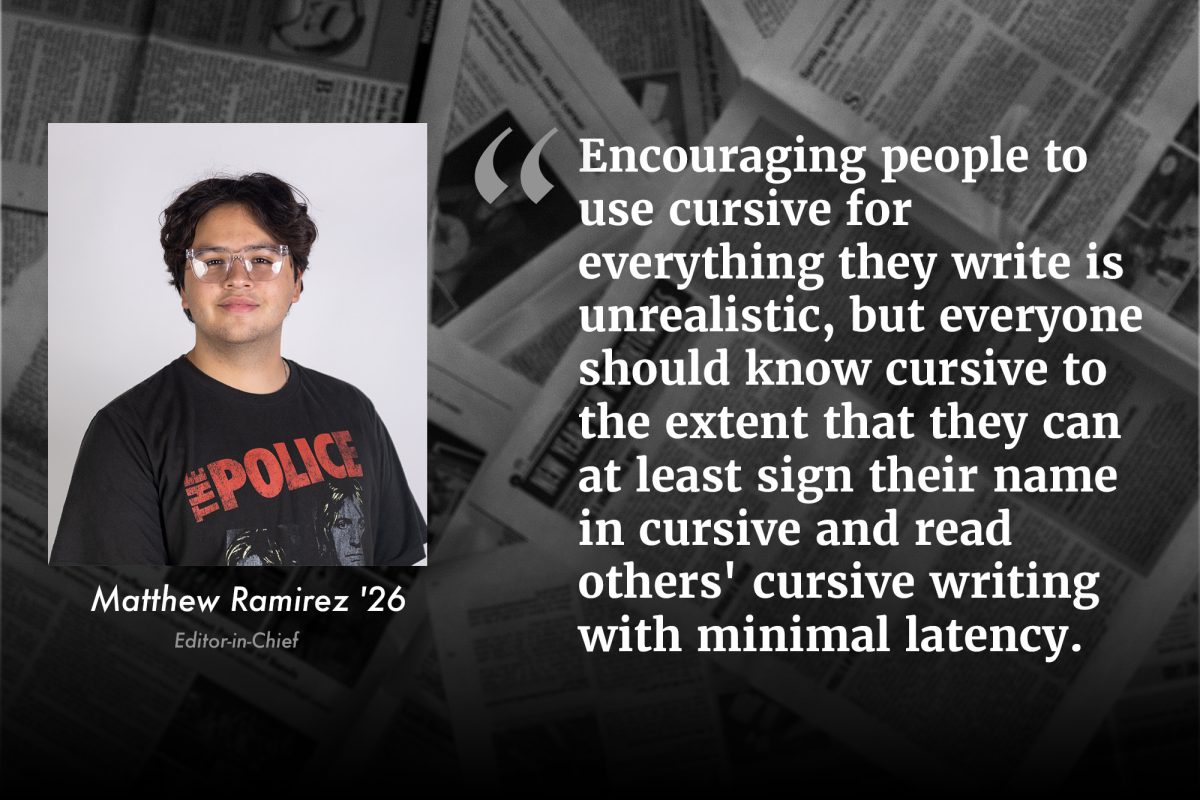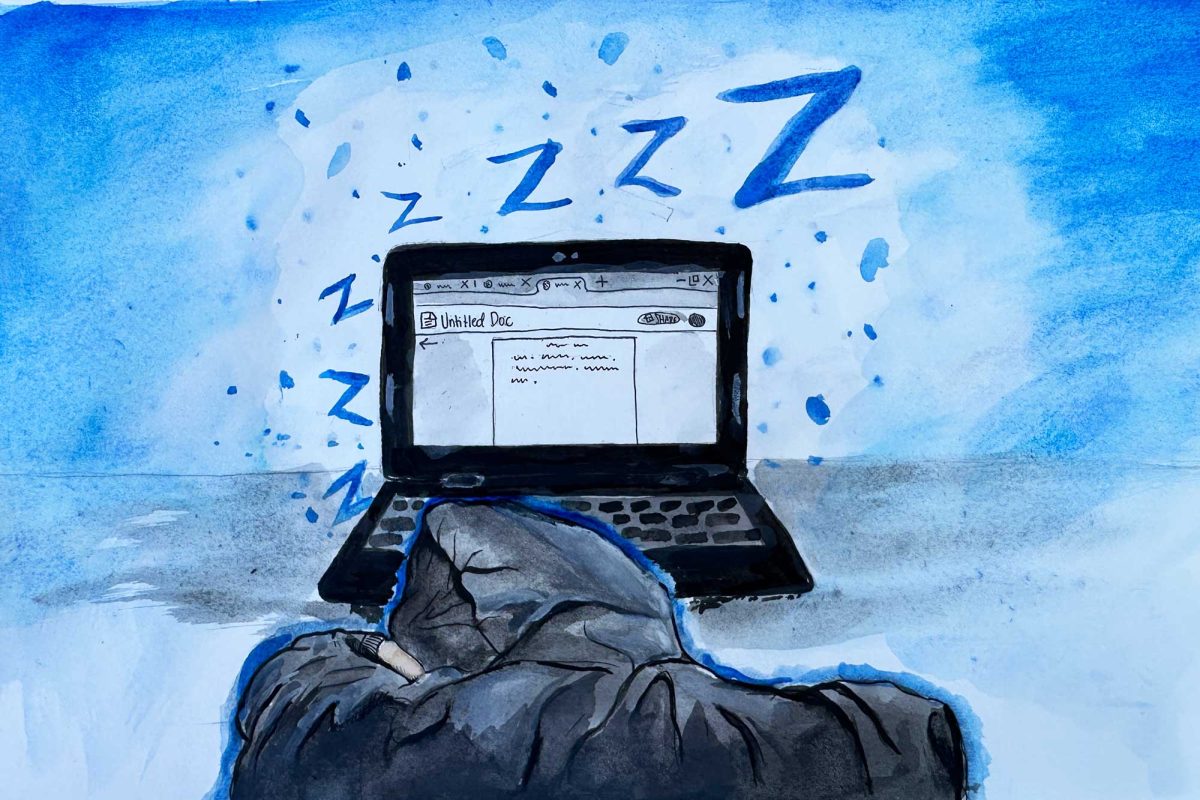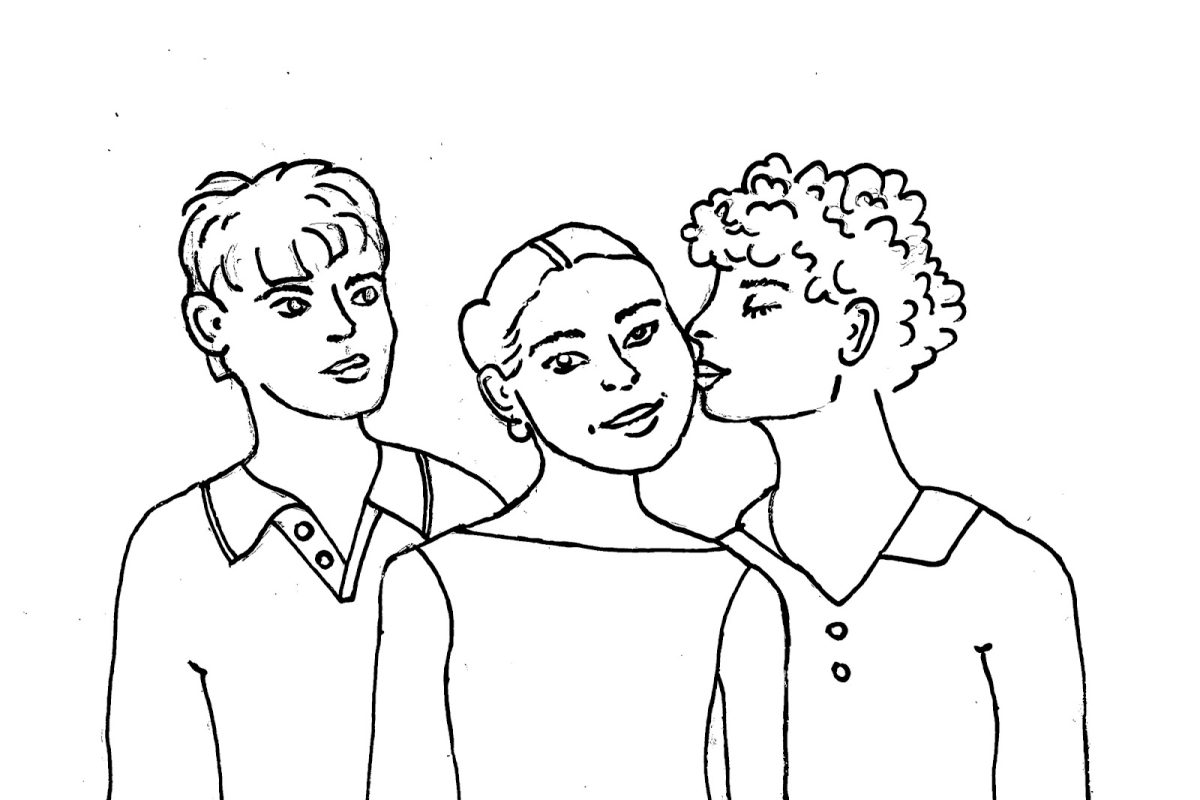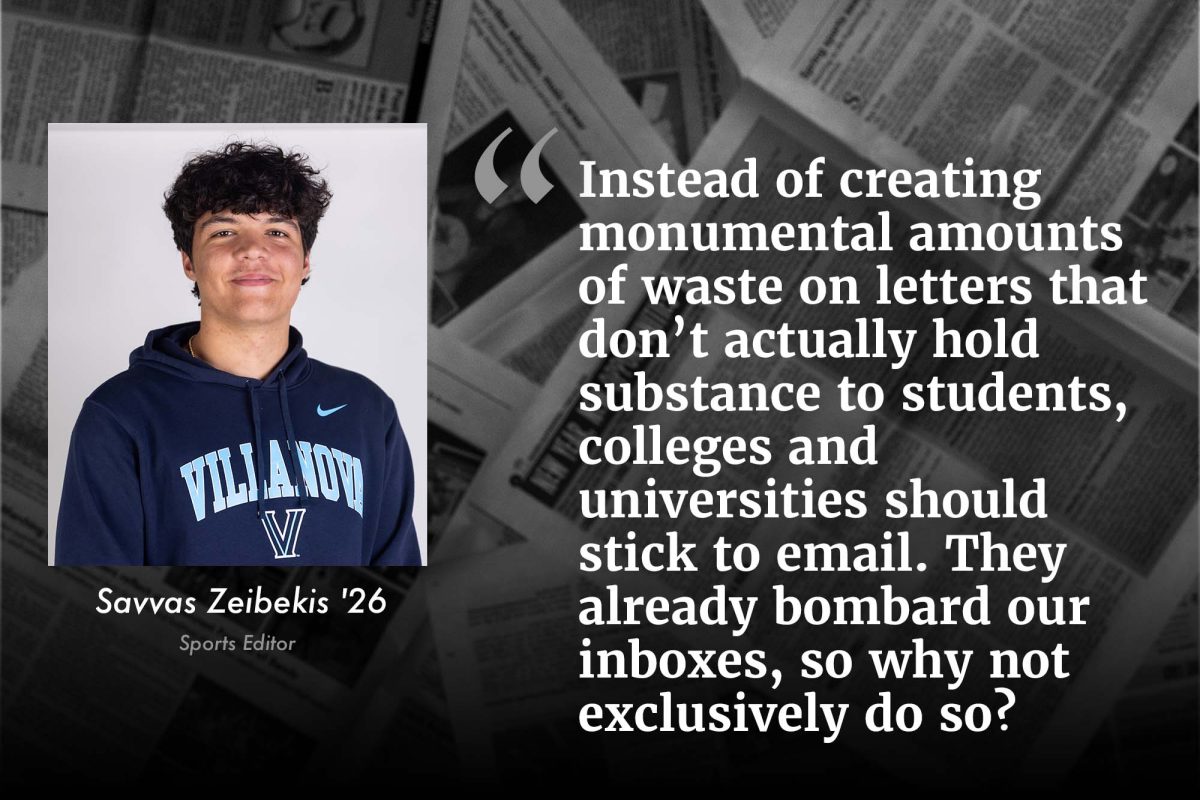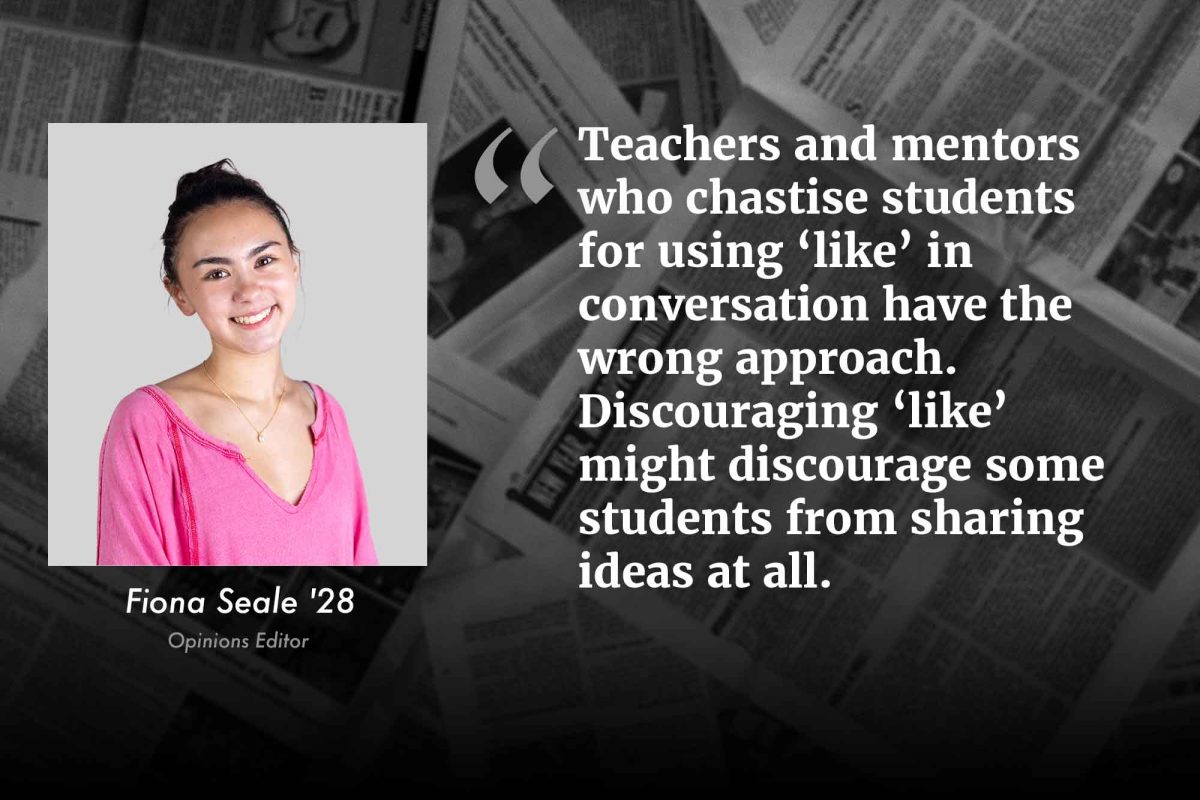Unsigned editorials feature the byline of the Editorial Board, which includes all members of the Panther Press editorial staff.
February is the culmination of Strath Haven’s oldest traditions and newest additions. Senior celebrations. The Black History Month assembly. Dances. Singing valentines. And at the heart of all these events? Student leadership.
In every pocket of our school community—from our myriad clubs to the student council to our 300-person marching band—students are planning, organizing, and taking charge. Student council presidents, drum majors, and club leaders are the face of our school community.
Take the Black History Month assembly, for instance, which was led entirely by the Young Activists Coalition. Students took initiative to create a presentation that showcased black experiences and history while also accentuating their personal abilities and passions.
Strath Haven provides the opportunity for students to both pursue their passion and take on a leadership role. Whether you’re passionate about music, sports, or computer programming—a position of leadership is possible.
These opportunities, though, should be afforded to all students, and not just to those who self-advocate enough to get involved.
As reported in “Extracurricular Activities and Adolescent Adjustment,” a 2005 research paper that examined the association between participation in school-based extracurricular activities and general social and emotional functioning of teens, participation in clubs means lower levels of marijuana use, higher grades and aspirations, and more positive academic attitudes.
Teachers already spend time on icebreaker activities to get to know their students’ interests at the beginning of every semester. By recommending school-based activities that may align with these interests, teachers can foster stronger relationships with students while also pushing them to involve themselves in the school community.
We cannot meet students where they are through teacher intervention alone, however. Student leaders shouldn’t settle for an inactive club or an inactive student body.
At our school, at the beginning of the year, students gather around brightly decorated tables, littered with candy, to sign up for activities. This bribe-fest is one of, if not the only, time in the year that student leaders recruit the student body to get involved.
Instead of a competition of how many sign-ups you can get, we should use our ability to observe our peers both inside and outside the classroom, and to inform meaningful connections. For a student leader, recruitment shouldn’t be about quantity, but instead about building a compassionate community where students have the secure space to be ambitious, curious, and passionate.
A student leader’s talent should be measured by their capacity to bring people together—to notice where they can use their ability to uplift others. Student leaders often take the spotlight, but to slow down and observe how they can acknowledge a fellow student is an overlooked, yet critical skill.
When student leaders approach their peers, encouraging them to engage in whichever school activity, they foster a more compassionate student community while simultaneously improving themselves.
So we challenge student leaders to proactively reach out to their peers who might otherwise not be involved in extracurriculars. Open a discussion with them, whether it be over email or in person, and don’t give up on them.
It is time to meet students where they are, for teachers to help get students involved, and for student leaders to reach out. When you look around the classroom, you’ll see students that are highly involved, but you’ll also see students whose names you don’t even know.
Let’s work together to learn those names, and make sure all students will become, in the words of our school’s mission statement, “responsible citizens engaged in their community, nation, and the world around them.”



